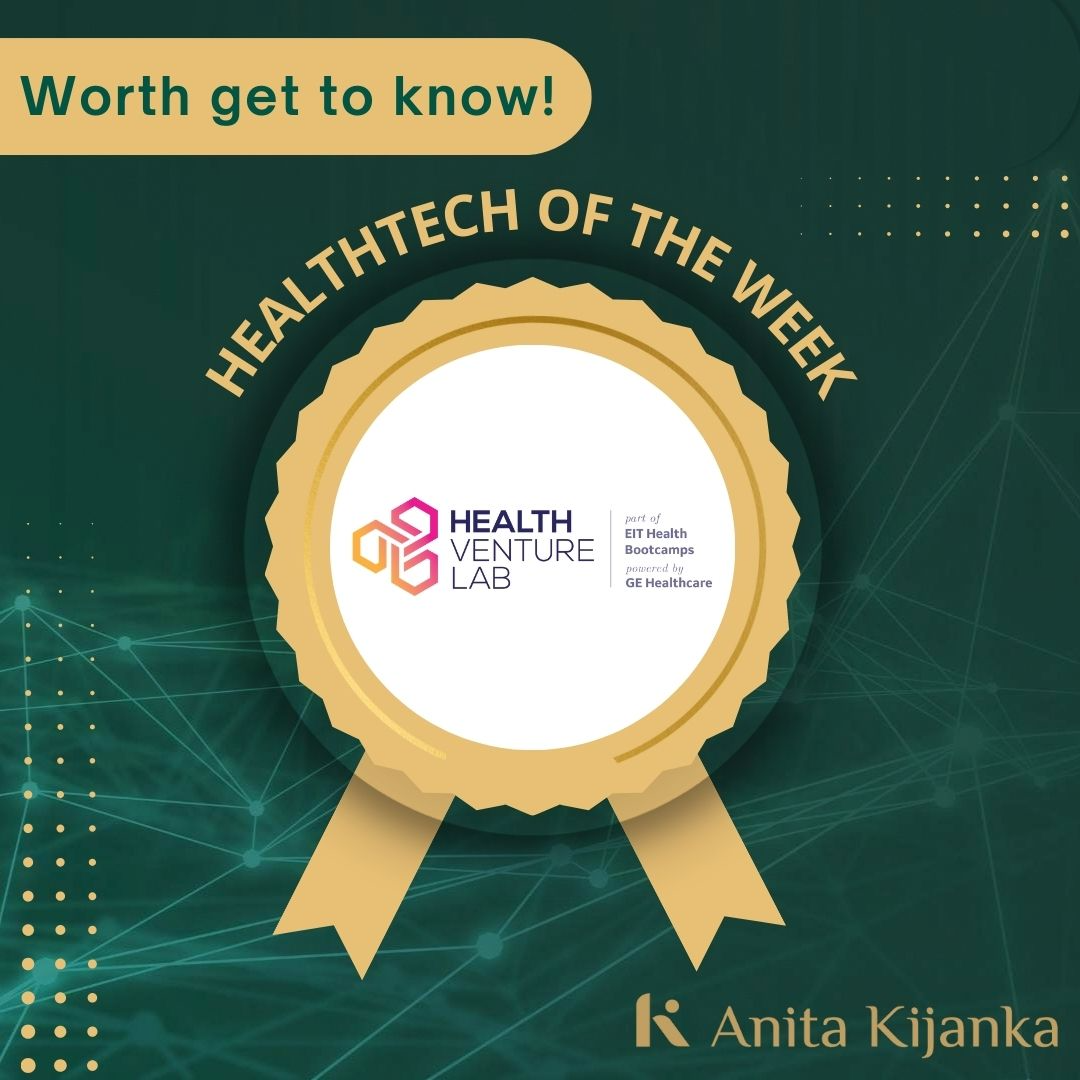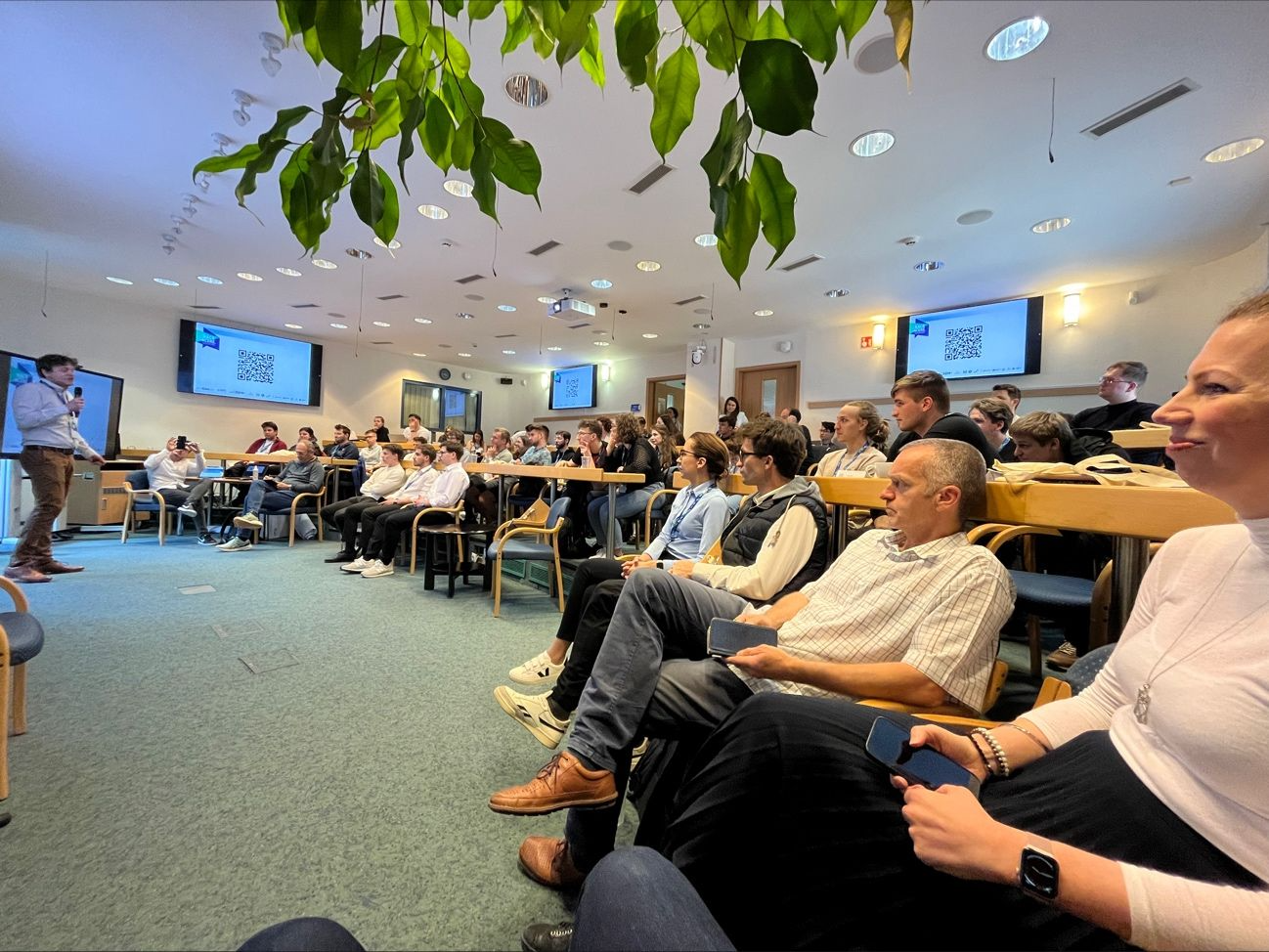
eHealth adoption trends in the US and Europe
. 8 minutes to read“So what I hear is that the competition is fiercer in the States, you have to be more flashy in your marketing, and establish that ‘We are the best.’ In Europe and other parts of the Americas, they're more open to personal discovery. The customers want to discover the value of the product for themselves.”
Zajzon Bodo is explaining his learnings from researching digital health adoption trends in Europe and the US.
Source: Babyndex.eu
Babyndex, Zajzon and his team’s fertility prediction product, detects a woman’s ovulation period via saliva droplets on a small hardware pen. An AI-enhanced app provides fast and highly accurate results.
The combination of software and hardware was no accident. Zajzon is an economist and weighed the pros and cons of marketability of both in different regions.
Selling hardware versus software
Digital health products aren’t safe from the overall mobile app saturation that all apps contend with.

There are a ton of digital health apps
According to digital design agency Hanno's 2018 Health Innovation whitepaper, in the US alone there were 325k health apps + 340 consumer wearable devices in 2017, with over 200 health apps released every day. Half of all health app downloads were driven by just 41 apps, amounting to 10 million downloads overall.
At the same time, 86% of all health apps have fewer than 5k downloads.
Digital health adoption is mostly user driven
Despite the overload of health apps at our fingertips, fewer than 30% of US healthcare practitioners are actively recommending digital health technologies to their patients.
What’s more, according to the same study by Hanno, a leading digital health design agency, only 13% of practitioners actually use health apps in their practice.
Users are extremely hard to retain
Even an app that successfully acquires and activates users struggles with retention. Hanno reports that only 2% of digital health apps have 500k+ active monthly users.
Zajzon’s own research and experiences in the digital health community reinforced the challenge of marketing health apps:
“People are used to excellent software that they just get for free. LinkedIn, Google, Facebook provide their users with excellent service and they pay with their data. It’s stunning but people live with it, they don't care. And so for the application, after all, we cannot really charge too much under these circumstances. We see the struggles of other startups — they charge you for a negligible fee, 10 dollars a year, and people don't buy. We are in a lucky situation because we build our value proposition on an existing product and make its use easier while we can also sell the hardware.”
As a healthcare startup that offers both software and hardware, Babyndex also had to make sure they fit into the compliance regulations of both. For more information on regional compliance and how to plan for it strategically, check out this article.
eHealth adoption in Europe versus the US
“These [European] markets are fragmented. And you need to localize, adjusting it to individual languages for example, which are all extra costs, and if you are a small start up with just a few people, these costs quickly add up. If you go to the United States, it's one economic area, but it's still not so easy, because the competition is fiercer and you end up with higher marketing costs,” Zajzon explains.
Fragmentation doesn't just come with the cost of localization, as Zajzon explains, but also represents different market characteristics and legacy systems.
European eHealth adoption fluctuates

According to a 2019 study on eHealth adoption by the European Commission, in addition to being fragmented, eHealth adoption fluctuates across regions.
“Compared to 2013, the group of General Practitioners (GPs) who are enthusiastic about eHealth has doubled. Countries with the highest level of adoption (Denmark, Estonia, Finland, Spain, Sweden and the United Kingdom) show that the use of eHealth is routine among GPs, while countries with the lowest level of adoption (Greece, Lithuania, Luxembourg, Malta, Romania and Slovakia) show that eHealth is currently not widespread.”
- eHealth adoption in primary healthcare in the EU is on the rise
According to Martin Seychell, Deputy Director-General for Health and Food Safety (DG SANTE) at the European Commission, another issue facing healthcare innovators in Europe are incompatible legacy systems that differ across countries.
“When it comes to the digitalisation of healthcare in Europe, there are a lot of challenges. First of all – interoperability. There is a risk that investments in healthcare could end up in what we call “white elephants” – parts that are not able to exchange data with other parts of the system. We need to have European standards.”
Overall consumer adoption levels off in the US
While the historic rise in overall adoption is reported to have leveled off in 2019, adoption rates amongst specific subgroups differs sharply, offering innovators strategic insight.

A 2019 study by Rock Health report on digital health consumer adoption surveyed 4,000 US adults with the following results:
- One in four respondents used live vid telemedicine in last 12 months
- 44% of respondents track their health digitally, those who use digital tools share health tracking info with their physician or other med professional more frequently than those who use other tracking methods
- One in three respondents owns a wearable and one in four wearable owners uses it to manage a diagnosis
- Social networks, review sites, and online communities have opened new channels for people to share/consume health info. 44% of respondents search for physicians or nurse practitioners online 66% of whom have selected a provider based on online reviews.
The global issue: selling service versus value
“We want to unleash and make actionable the data that is stored in our EMRs to help physicians make better decisions at the point of care. In Spain, innovative companies recognize that there are cultural differences on top of language differences that make it difficult for companies in other regions to build local solutions and scale. They are capitalizing on the opportunity by using NLP with Catalan and Spanish language medical ontologies to develop culturally and regionally relevant clinical decision support.”
Neil Patel, executive vice-president of HIMSS (Healthcare Information and Management Systems Society), observed that globally, eHealth services are transitioning from a fee-for-service payment to value-based payment. At the same time, he echoed Seychell’s call for interoperability and scalability in digital health.
Monitor adoption trends in subgroups, regions and user personas for success
The challenges of capturing a slice of the burgeoning eHealth market present startups like Babyndex an opportunity to strategize for success.
Innovative companies can capitalize on upcoming market trends, easy adoption, value-based payment models and scalability to outpace competitors.
For Babyndex, future prospects are promising. The team was selected as one of the best startups in the Bayer G4A global competition this year and are currently negotiating a special partnership with the brand.



